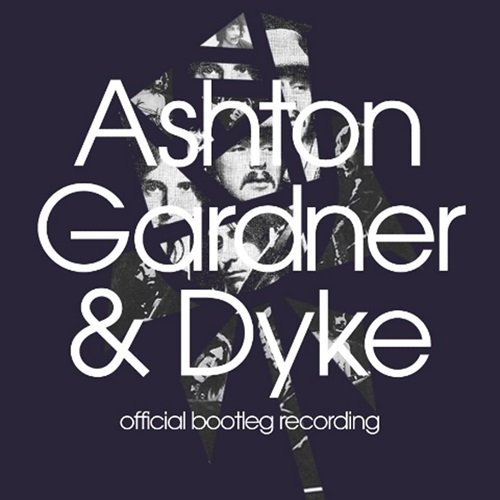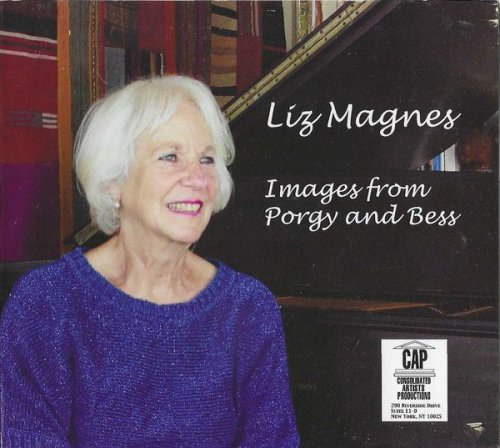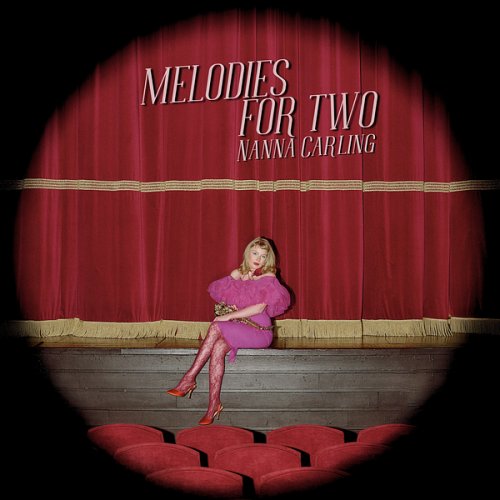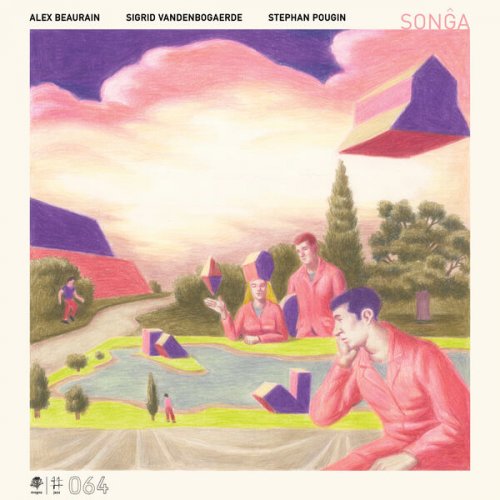Ashton Gardener & Dyke - Live In Montreux 1970 (2011)

Artist: Ashton Gardener & Dyke
Title: Live In Montreux 1970
Year Of Release: 2011
Label: Thompson Music
Genre: Blues Rock, Brass Rock, Jazz-Rock
Quality: Mp3 320 / Flac (tracks)
Total Time: 59:58
Total Size: 145/418 Mb
WebSite: Album Preview
Tracklist:Title: Live In Montreux 1970
Year Of Release: 2011
Label: Thompson Music
Genre: Blues Rock, Brass Rock, Jazz-Rock
Quality: Mp3 320 / Flac (tracks)
Total Time: 59:58
Total Size: 145/418 Mb
WebSite: Album Preview
01. Billy And His Paino 5:38
02. The Falling Song 7:51
03. Young Man's Blues 6:37
04. Skate 5:29
05. No Money Down 9:47
06. New York Mining Disaster 1941 5:57
07. Sorcery 12:03
08. The Resurrection Shuffle 6:37
The band formed in 1968; Tony and Dyke had already participated in various projects together (The Remo Four, George Harrison). They didn't achieve any recognition until the release of their second single, "Resurrection Shuffle," which charted for fourteen weeks. The group released three LPs: "Ashton, Gardner and Dyke" (1969), "The Worst of Ashton, Gardner and Dyke," and "What A Bloody Long Day It's Been." They also performed on the soundtrack for "The Last Rebel" with Jon Lord.
The recording features Ashton, Gardner & Dyke's performance in Montreux in 1970. The setlist begins with the instrumental "Billy And His Paino," which fully reflects the group's sound: a Hammond organ with jazz and blues overtones. Songs with typically jazzy rhythms include "Young Man's Blues" and "Skate." Other more melodic "Procol Harum"-style songs are found in "The Falling Song" and "New York Mining Disaster 1941," with a final solo by Ashton a la Keith Emerson. Continuing with sounds reminiscent of "The Nice," the introduction of "Sorcery" begins, giving way to Roy Dyke's drum solo. There's also a rather pounding blues number, "No Money Down." They conclude with their hit "The Resurrection Shuffle."
The recording features Ashton, Gardner & Dyke's performance in Montreux in 1970. The setlist begins with the instrumental "Billy And His Paino," which fully reflects the group's sound: a Hammond organ with jazz and blues overtones. Songs with typically jazzy rhythms include "Young Man's Blues" and "Skate." Other more melodic "Procol Harum"-style songs are found in "The Falling Song" and "New York Mining Disaster 1941," with a final solo by Ashton a la Keith Emerson. Continuing with sounds reminiscent of "The Nice," the introduction of "Sorcery" begins, giving way to Roy Dyke's drum solo. There's also a rather pounding blues number, "No Money Down." They conclude with their hit "The Resurrection Shuffle."

![Sam Dillon, Andrew Gould - Trade Off (2025) [Hi-Res] Sam Dillon, Andrew Gould - Trade Off (2025) [Hi-Res]](https://www.dibpic.com/uploads/posts/2025-12/1765497612_e7q3c9soiingb_600.jpg)
![Nābu Pēra - Soundscapes of Nicosia (2025) [Hi-Res] Nābu Pēra - Soundscapes of Nicosia (2025) [Hi-Res]](https://img.israbox.com/img/2025-12/14/lhs20jten1ip5ht0uibyjocfe.jpg)

![Chewing, Dave Harrington, Ryan Hahn, Spencer Zahn - Quintet (Live in Los Angeles) (2025) [Hi-Res] Chewing, Dave Harrington, Ryan Hahn, Spencer Zahn - Quintet (Live in Los Angeles) (2025) [Hi-Res]](https://img.israbox.com/img/2025-12/12/owakjkfg0whflv2rzyocno89p.jpg)


![Machito and His Orchestra - Irving Berlin in Latin America (Remastered Edition 2025) [Hi-Res] Machito and His Orchestra - Irving Berlin in Latin America (Remastered Edition 2025) [Hi-Res]](https://www.dibpic.com/uploads/posts/2025-12/1765784965_moib.jpg)
